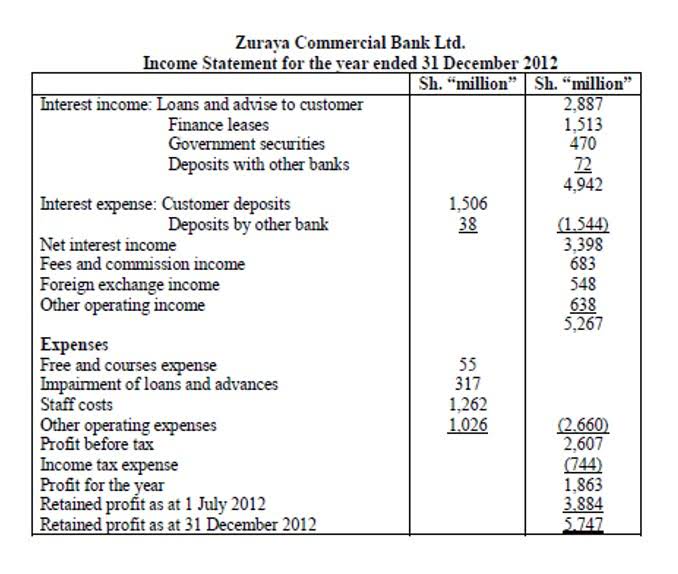
A sufficient amount of Net Working Capital at your disposal helps you to maintain good relationships with your trade partners. This happens due to the timely payments you make to your suppliers and banking partners. This is typically change in net working capital formula the case with the manufacturing units and certain wholesaling and retailing sectors. Therefore, financial managers must develop effective working capital policies to achieve growth, profitability, and long-term success.
Current Assets

There are a few different methods for calculating net working capital, depending on what an analyst wants to include or exclude from the value. Scrutinize the workflow to identify processes suitable for automation, thereby enhancing overall efficiency and contributing to improved working capital management. A change in purchasing practices can also lead to changes in working capital. If the purchasing department opts to buy larger quantities at one time, it can lower unit prices. We’ll now move on to a modeling exercise, which you can access by filling out the form below.
What changes in working capital impact cash flow?
The calculator will then determine your working capital needs for the next year. A high amount indicates that it has available buffer to accommodate additional short-term liabilities. The following information has been taken from the balance sheet of ABC Company. The suppliers, who haven’t yet been paid, are unwilling to provide additional credit or demand even less favorable terms. Companies with significant working capital considerations must carefully and actively manage working capital to avoid inefficiencies and possible liquidity problems. Given the step function used in our model, the formula to calculate the incremental NWC is constant.
Sell Some Long-term Assets for Cash
- That is it reflects the portion of your current assets financed with the long-term funds.
- In essence, it’s like a savings account that businesses can tap into to ensure long-term growth and adaptability in a dynamic market.
- Some people also choice to include the current portion of long-term debt in the liabilities section.
- There are a few different methods for calculating net working capital, depending on what an analyst wants to include or exclude from the value.
- It tells us if a business has enough money to handle its daily expenses and to invest in its future.
- The formula to calculate the working capital ratio divides a company’s current assets by its current liabilities.
This can be a temporary situation, such as when a company makes a large payment to a vendor. As a business owner, it is important to know the difference between working capital and changes in working capital. Working capital tells you the level of assets your business has available to meet its short-term obligations at a given moment in time. Change in working capital, on the other hand, measures what is happening over a given period of time with regard to the liquidity of your company. For instance, suppose a company’s accounts receivables (A/R) balance has increased YoY, while its accounts payable (A/P) balance has increased under the same time span.

Streamline your order-to-cash operations with HighRadius!
Cash comes in sooner (and total accounts receivable shrinks) when there is a short window within which customers can hold off on paying. The net working capital (NWC) formula subtracts operating current assets by operating current liabilities. Since inventory days and A/R days are projected to decrease, the impact on working capital days should be positive (i.e. more operational efficiency). Examples of your current liabilities include accounts payable, bills payable, and outstanding expenses. To further complicate matters, the changes in working capital section of the cash flow statement (CFS) commingles current and long-term operating assets and liabilities. The balance sheet organizes assets and liabilities in order of liquidity (i.e. current vs long-term), making it easy to identify and calculate working capital (current assets less current liabilities).
Accounts receivable days, inventory days, and accounts payable days all rely on sales or cost of goods sold to calculate. If either sales or COGS is unavailable, the “days” metrics cannot be calculated. When this happens, it may be easier to calculate accounts receivables, inventory, and accounts payables by analyzing the past trend and estimating a future value. Create subtotals for total non-cash current assets and total non-debt current liabilities. Subtract the latter from the former to create a final total for net working capital. If the following will be valuable, create another line to calculate the increase or decrease of net working capital in the current period from the previous period.


Want More Helpful Articles About Running a Business?
- By the end of the forecast period, the company’s working capital cycle decreased by 14 days, from 60 days to 46 days in Years 1 and 5, respectively.
- Yes, technically capital lease liability would be considered more like short-term debt than an operating liability like accounts payable.
- Changes in net working capital refers to how a company’s net working capital fluctuates year-over- year.
- You can get a clearer picture of the financial trends of your business over time by assessing changes in NWC, which can be useful when making business decisions.
- Working capital, often referred to as the lifeblood of a business, represents the funds available for day-to-day operations.
